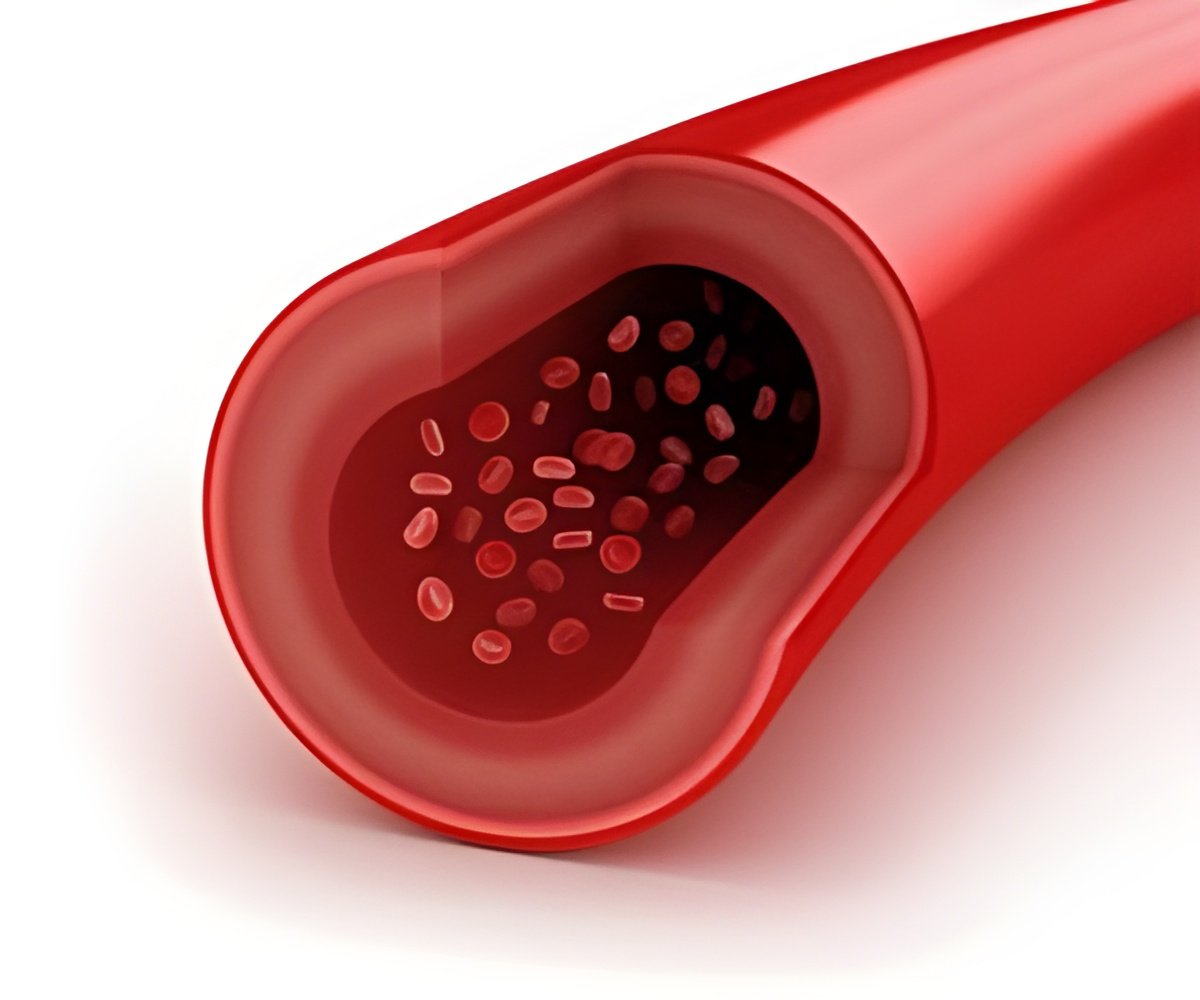
"Neurological diseases are often devastating for both the affected person and their families. Current treatments are unsatisfactory and have many side effects, and the development of precise, new medicines has so far been unsuccessful because it is difficult or impossible to deliver enough medicine into the brain," said Danica B. Stanimirovic, Ph.D., a researcher involved in the work from the Human Health Therapeutics Portfolio at the National Research Council of Canada in Ottawa, Ontario. "With the technology developed in this collaborative work, we hope to open up opportunities for many promising treatments, including antibodies, against neurological diseases to be evaluated in clinical trials and eventually become available to patients."
To make their discovery, Stanimirovic and colleagues attached FC5 to a larger molecule in different configurations and then tested it in cell models and in rats to determine if it was transporting the larger molecules across the BBB. They also incorporated a peptide (a small protein) into the larger molecule being transported by FC5. This peptide was a pain-fighting molecule that cannot enter the brain by itself through the bloodstream. This FC5-peptide combination was injected into the bloodstream and the pain-fighting peptide crossed the BBB to reach the brain.
"The blood-brain barrier is such a robust security system that it should make today's computer programmers and engineers envious," said Gerald Weissmann, M.D., Editor-in-Chief of The FASEB Journal. "Unfortunately for us, this security system might be a little too good in the sense that it makes it extremely difficult to deliver drugs to the brain. This report may finally offer the key to unlocking a wide range of therapies that could dramatically improve millions of lives."
Source-Eurekalert










